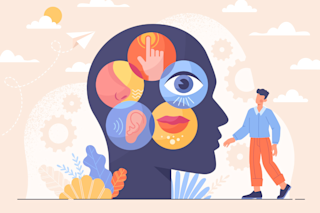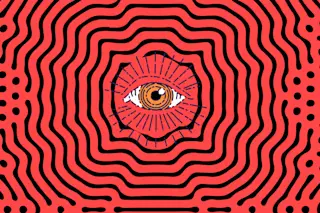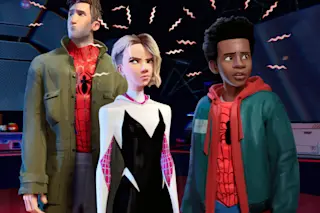Knowing something like the back of your hand supposedly means that you’re very familiar with it. But it could just as well mean that you think it’s wider and shorter than it actually is. As it turns out, our hands aren’t as well known to us as we might imagine. According to Matthew Longo and Patrick Haggard from University College London, we store a mental model of our hands that helps us to know exactly where our limbs are in space. The trouble is that this model is massively distorted. To keep track of where your various body parts are, your brain maps your posture by processing information from your muscles, joints and skin. Close your eyes and move around a bit, and you’ll still have a good idea of what position you’re in even if you can’t see or touch yourself. But there’s no such direct signal that tells ...
Your brain sees your hands as short and fat
Discover the fascinating mental model of our hands and how it distorts our perception of size and shape. Click to learn more!
ByEd Yong
More on Discover
Stay Curious
SubscribeTo The Magazine
Save up to 40% off the cover price when you subscribe to Discover magazine.
Subscribe












